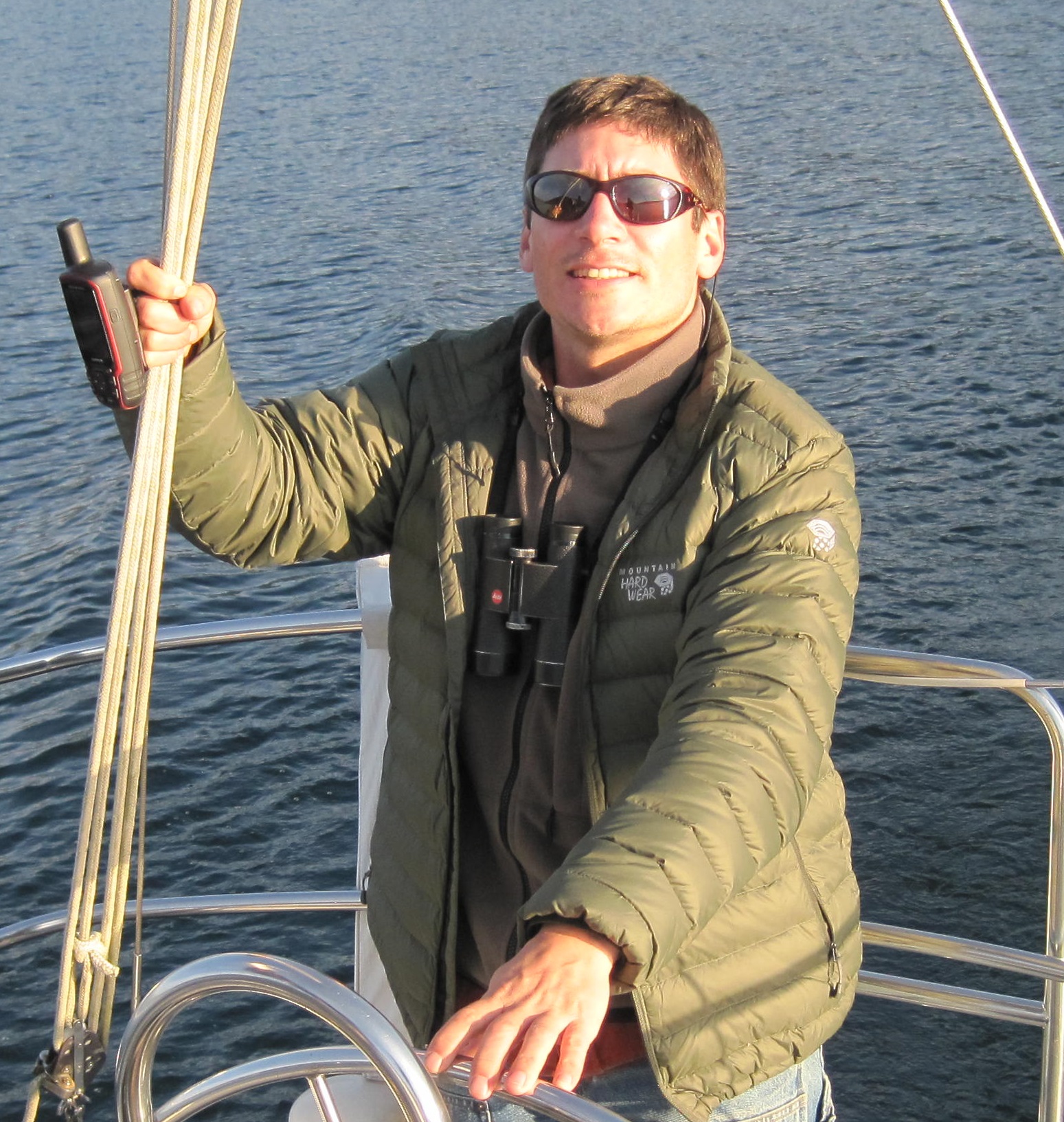
Adopted in the list of the World Summit on Sustainable Development in 2002 as a Type II initiative which is informal and voluntary, the East Asian - Australasian Flyway Partnership was launched on 6 November 2006. The Partnership aims to protect migratory waterbirds, their habitats and the livelihoods of people dependent upon them. There are currently 37 Partners including 18 countries, six intergovernmental agencies, 11 international non-governmental organizations (iNGOs), one international organization and one international private enterprise. The EAAFP developed the Flyway Site Network of international importance for the conservation of migratory waterbirds, in which 147 sites had joined the network as of 8 June 2020. There are seven Working Groups and nine Task Forces to facilitate conservation work in the flyway.
The EAAFP Seabird Working Group (SWG) was established in 2007 to assist in the coordination of conservation activities across the flyway through promoting, facilitating, coordinating and harmonizing seabird conservation, education, and research activities.
Robb Kaler, Chair, EAAFP Seabird Working Group
Robert (Robb) Kaler, Chair of the SWG, writes to ACAP Latest News:
“The largest of seabirds, albatrosses are masters of gliding flight, sailing over the ocean for hours with no perceptible movement of their outstretched wings. Behavioural and physiological adaptations allow albatrosses to forage at great distances from their nesting areas on isolated and remote islands. Some albatross species were heavily hunted on their breeding islands for the feather trade during the early 1900s and populations were seriously reduced. Albatross populations have bounced back but continue to be impacted by interactions with longline fisheries and exposure to marine pollution and plastics. With support from international initiatives such as the East Asian-Australasian Flyway Partnership (EAAFP), which encourages participants to join the Agreement on the Conservation of Albatross and Petrels (ACAP), we will ensure that future generations will have a chance to see these and the other amazing ocean wanderers which connect us and our oceans.”
Read more of EAAFP’s support for ‘WAD2020’ here.
With thanks to Vivian Fu, Communication Officer, East Asian-Australasian Flyway Partnership Secretariat.
John Cooper, ACAP Information Officer, 12 June 2020

 English
English  Français
Français  Español
Español 